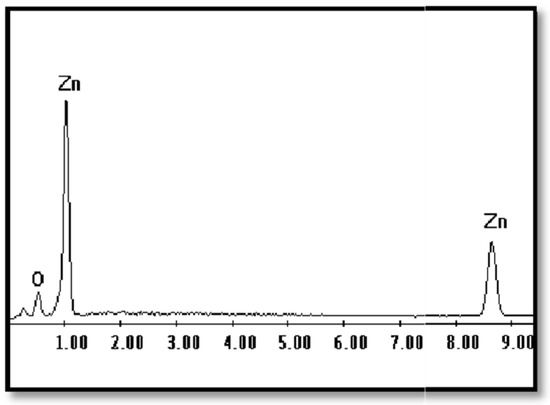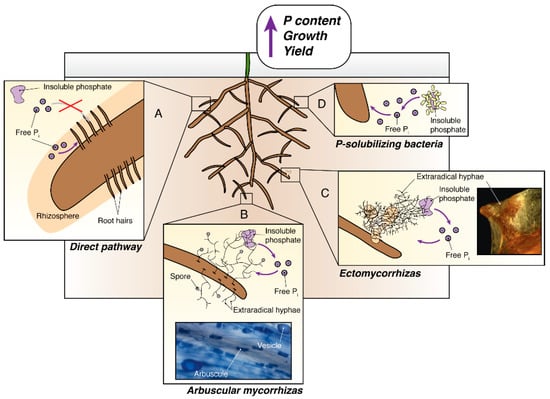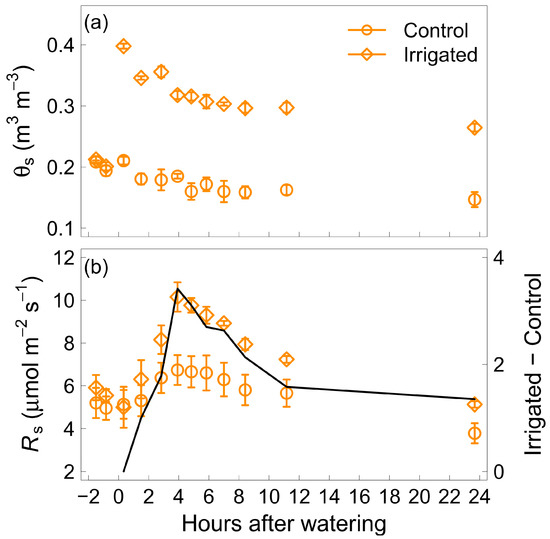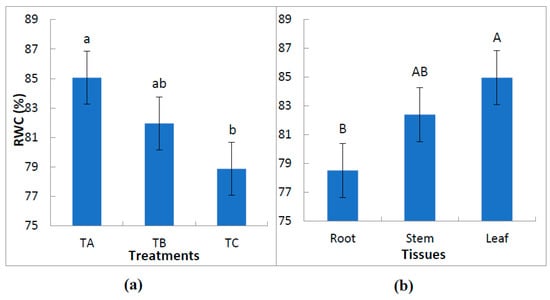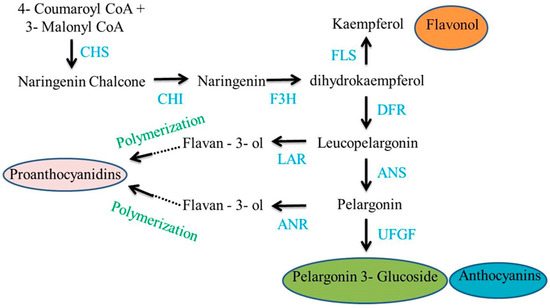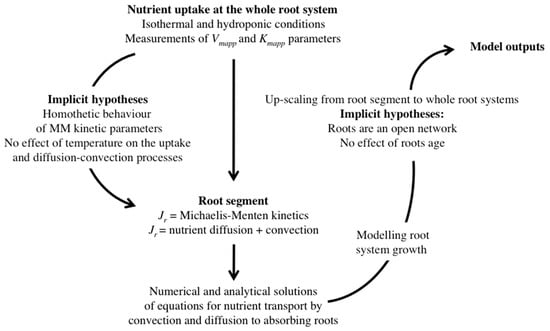1
PhD student in protected agriculture, Department of Horticulture, Antonio Narro Agrarian Autonomous University, Calzada Antonio Narro 1923, Saltillo 25315, Coahuila, Mexico
2
Department of Horticulture, Antonio Narro Agrarian Autonomous University, Calzada Antonio Narro 1923, Saltillo 25315, Coahuila, Mexico
3
National Centre for Biological Control Reference (CNRCB), Molecular Biology laboratory, Km 1.5 carretera Tecomán 28110, Colima, Mexico
Agronomy 2019, 9(3), 130; https://doi.org/10.3390/agronomy9030130 - 12 Mar 2019
Cited by 1 | Viewed by 2909
Abstract
Research into the symbiotic relationship between plants and arbuscular mycorrhizal fungi (AMF) is key for sustainable agricultural intensification. The objective of the present study is to evaluate native AMF at the monosporic level in greenhouse-grown, economically important crops. Agricultural soil samples from three
[...] Read more.
Research into the symbiotic relationship between plants and arbuscular mycorrhizal fungi (AMF) is key for sustainable agricultural intensification. The objective of the present study is to evaluate native AMF at the monosporic level in greenhouse-grown, economically important crops. Agricultural soil samples from three locations (Saltillo, Zaragoza, and Parras) were obtained by combining portions resulting from a zigzag sampling pattern. From these samples, 15 morphotypes were extracted according to a modified Gerdemann’s technique and monosporically inoculated on melon, cucumber, tomato, and onion, 30 days after their sowing. Under a completely random experimental design, 16 treatments with three repetitions were defined. Plant height, root length, stem diameter, total fresh weight, fresh root weight, dry root weight, bulb weight, fresh leaf weight, total dry weight, flower number, leaf number, fruit number, spore number, and percentage of colonization were all evaluated. The results were subjected to the analysis of variance (ANOVA) and the Tukey comparison test (p ≤ 0.05), which showed that the monosporic inoculation favors significantly the AMF and the host, while the T6 (Saltillo spore + Steiner modified with 20% of the normal phosphorus concentration) showed a greater response uniformity on onion and melon, which indicates its great potential as an inoculum.
Full article
(This article belongs to the Special Issue Symbiotic Associations of Plants with Beneficial Microbes: Perspectives and Challenges for Agronomical Applications)


